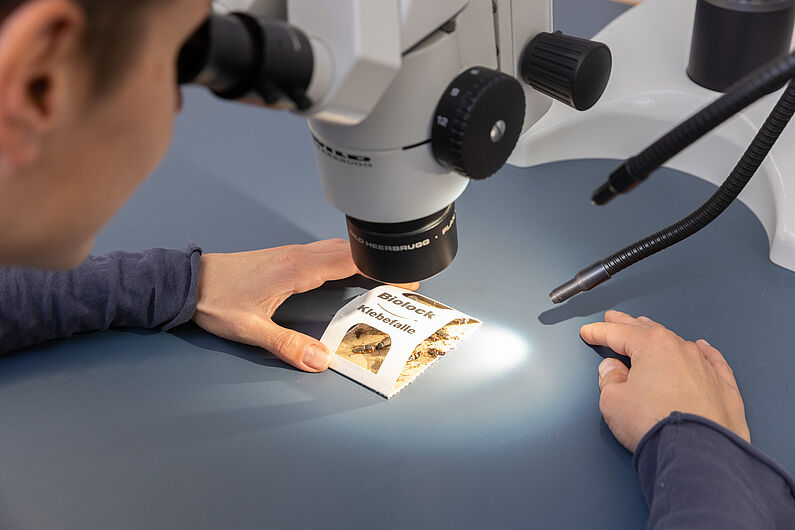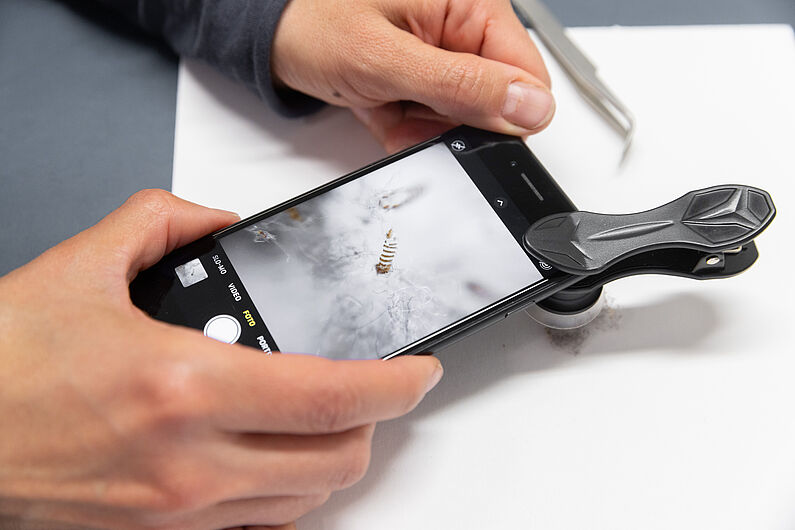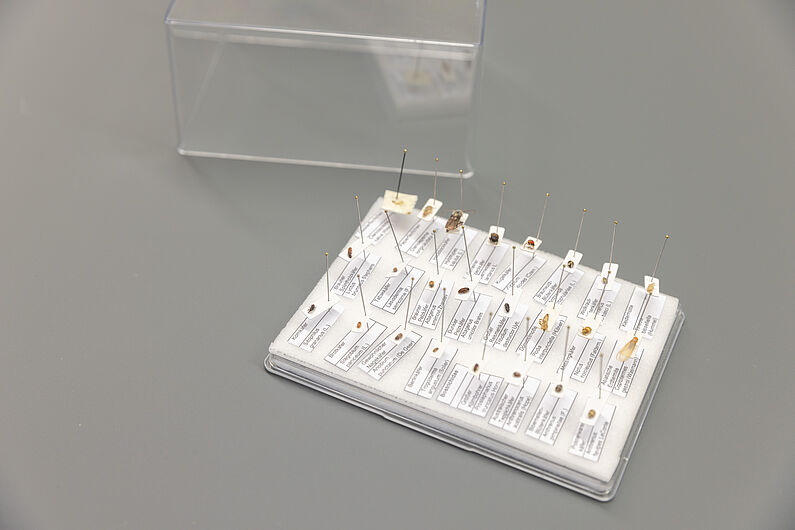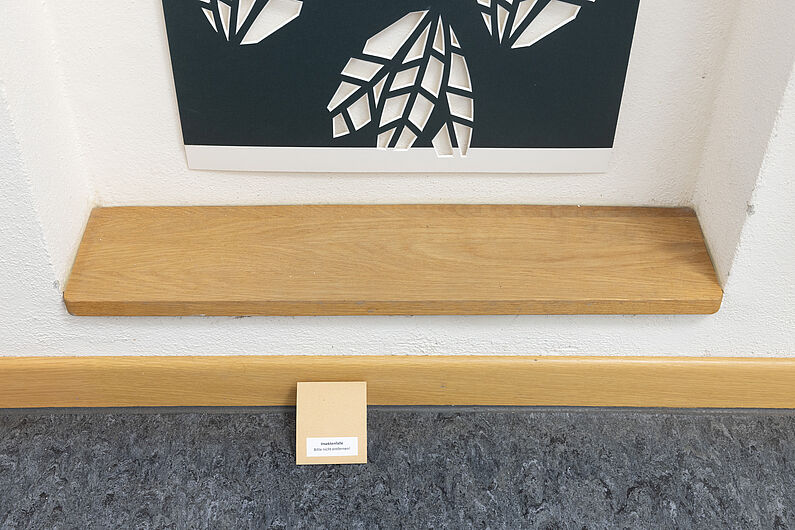IPM – Integrated Pest Management
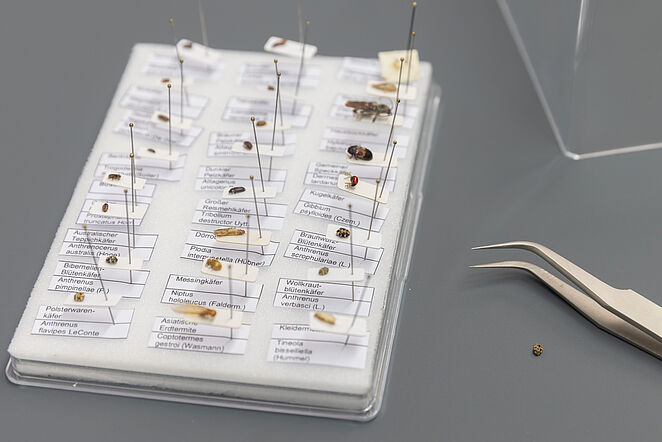
With the increasing effects of climate change, museums are facing new challenges with changes in temperature, humidity, and other environmental conditions that benefit the developmental phase of known pests and abet the penetration of new pests.
IPM stands for Integrated Pest Management and is a method used in museums to prevent damage to art and cultural artifacts through pests, without having to resort to the use of contact poisons or non-inert gases. It is based on preventive procedures, regular inspections, and a holistic management approach. The goal consists of early detection of potential pests, stopping their propagation, and in doing so, ensuring the protection of the objects.
In practice this means, among other things, control of environmental conditions, like temperature and humidity, to implement a routine cleaning regime and if necessary, to commission structural alterations to the building. In addition to this, there is the deployment of an anoxic chamber to eradicate destructive pests and the utilization of useful parasitoids to minimise the risk of destructive pests.
In light of the new challenges that climate change brings, IPM has become an indispensable strategy to protect valuable museum objects.
